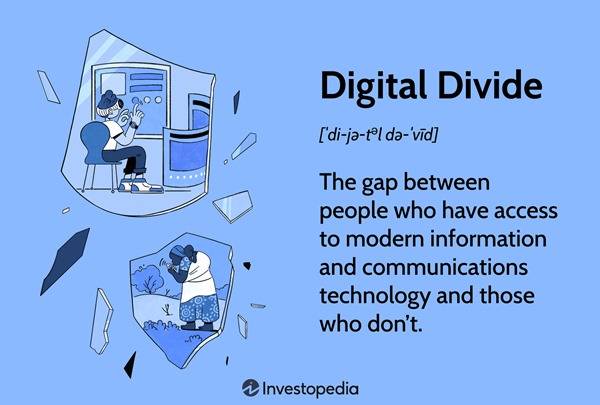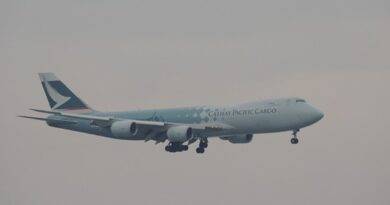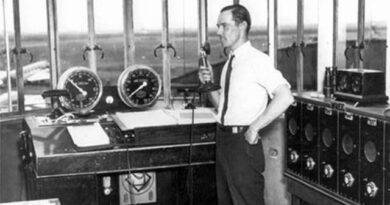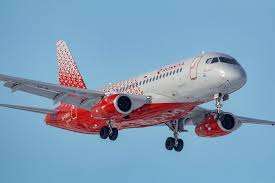Soaring Disparity: How the Digital Divide Grounds Travelers in Aviation
The digital revolution has transformed how we navigate the skies. From booking flights online to using in-flight entertainment apps, technology underpins the modern travel, aviation experience. However, a growing concern – the digital divide – threatens to leave many passengers behind.
The Digital Divide Takes Flight in Aviation:
The digital divide refers to the gap between those who have access to information and communication technologies (ICTs) and those who don’t. In aviation, this divide manifests in several ways:
- Limited access to information: Without internet access, travelers struggle to research destinations, compare flight options, and find the most affordable deals. This can lead to missed opportunities and higher travel costs.
- Difficulties with online services: Airlines increasingly offer online check-in, digital boarding passes, and baggage management. Those without internet access face long lines and added stress at the airport.
- Exclusion from the modern travel experience: In-flight entertainment apps, mobile boarding passes, and airport Wi-Fi are becoming the norm. A lack of access to these technologies can make travel less enjoyable and more isolating.

Beyond Inconvenience: The Wider Implications
The digital divide’s impact goes beyond mere inconvenience. It can restrict travel options, with travelers relying on potentially more expensive offline booking services. Language barriers can further disadvantage non-native speakers struggling to navigate unfamiliar airport procedures and flight information. Accessibility concerns arise when online interfaces and airport kiosks are not optimized for travelers with disabilities.
Bridging the Gap: Solutions for Inclusive Skies
Fortunately, initiatives can bridge the digital divide in aviation:
- Multilingual Support: Airports and airlines should provide multilingual support options, both online and at kiosks, catering to diverse passenger demographics.
- Digital Accessibility: Websites and kiosks must prioritize accessibility features like screen readers and keyboard navigation for passengers with visual or mobility impairments.
- Community Outreach: Collaborations with local libraries, community centers, and senior citizen groups can offer digital literacy workshops specifically geared towards travel needs.
- Government Initiatives: Policymakers can play a crucial role by promoting affordable internet access and digital literacy programs in underserved communities.
Taking Off Together: A More Inclusive Future
By implementing these solutions, the aviation industry can ensure a more inclusive and equitable travel experience for all. This not only benefits passengers but also fosters a more connected global community where everyone has the opportunity to explore the world with ease.
Further Reading:
- International Civil Aviation Organization (ICAO) – https://www.icao.int/Meetings/webinar-series/Pages/Digital-Transformation.aspx
- The Global Digital Divide Report 2021 – https://blogs.worldbank.org/en/voices/closing-digital-divide-rich-countries-are-doing-better
- Web Content Accessibility Guidelines (WCAG) – https://www.w3.org/WAI/standards-guidelines/


